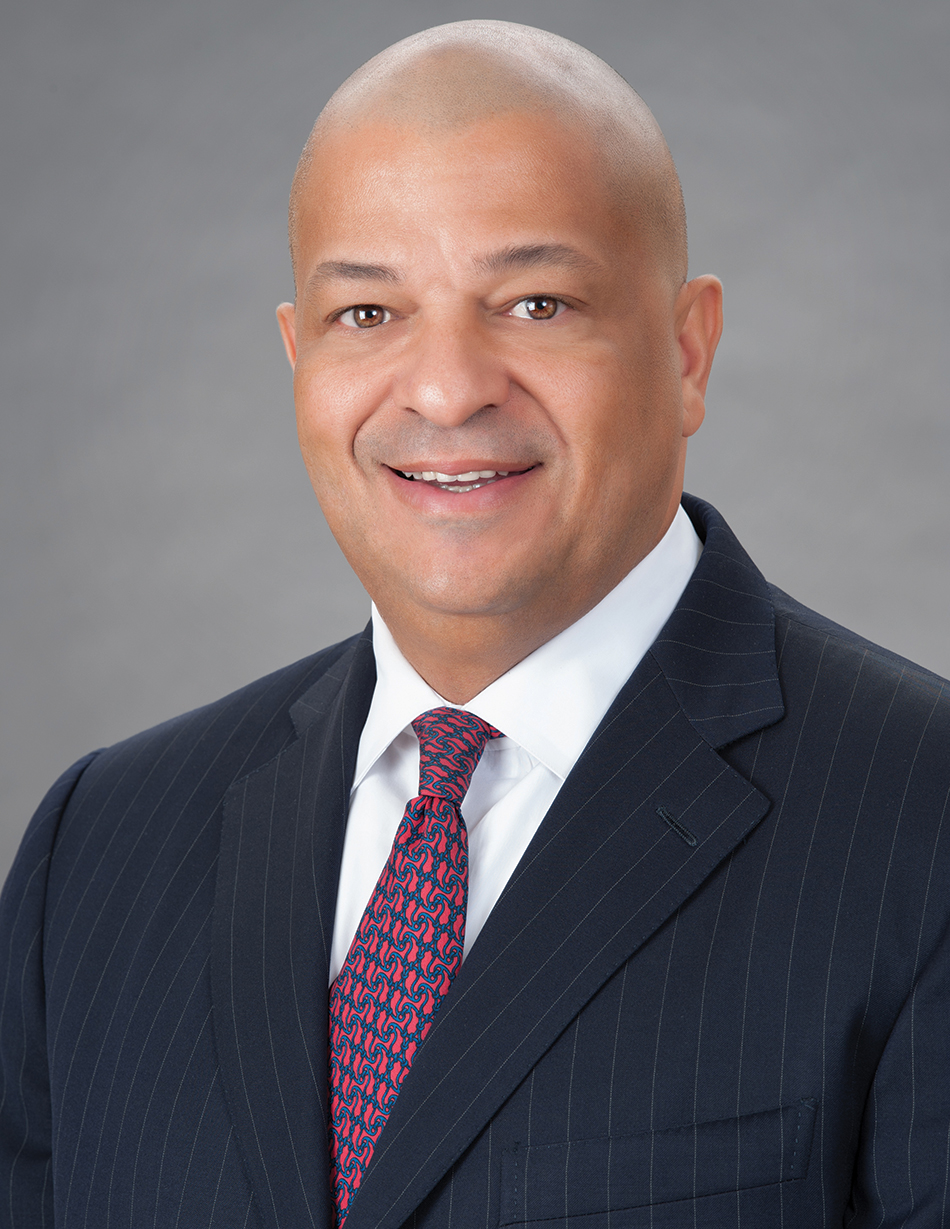Alfred Liggins III
Alfred Liggins literally grew up in the media business. He was 7 when he and his mother, Cathy Hughes, moved to Washington, D.C. Hughes worked as sales manager at WHUR, Howard University’s commercial radio station, and Liggins would head there every day after school to do his homework.

After high school, Liggins moved to Los Angeles to work in the music business while attending night classes at UCLA. He got a job at Light Records, a gospel music company, but had his eye on secular music. Thinking he had a job lined up at Motown, he quit Light Records. That’s when he learned “my first lesson of employment: never quit the job you have until you are absolutely certain of the job you think you’re going to get,” he said. The Motown job fell through, and Liggins was unemployed.
Hughes convinced her son to return to D.C. to work for her company, Radio One, which consisted of one station, WOL-AM. He joined Radio One as WOL’s account manager. Two years later, Hughes acquired a second station, WMMJ, and kept looking for acquisitions. Liggins worked his way up to president and treasurer as the company grew to three stations. As business partners, Liggins and Hughes made an excellent team. He was the financial expert, while she was the creator of programming that served listeners’ interests.
Before turning over control of Radio One’s operations, Hughes insisted that Liggins get an MBA. He graduated from the Wharton School of Business in 1995. On graduation day, Liggins told his mother that he planned to take Radio One public to enable larger-scale expansion. He was named CEO in 1997, with Hughes as board chair. Radio One went public in 1999, and the IPO made it possible for the company to grow quickly. Today, the Radio One network comprises stations in 16 urban markets.
RELATED: Magnificent Seven Earn Hall of Fame Honors
The strategy of buying small, underperforming urban stations and refocusing them to serve their communities’ demographics worked well. But Liggins also credits federal diversity and minority broadcast ownership policies for helping Radio One succeed. “I’d like to say that all of our success has been because we’re brilliant operators,” he said. “But no matter how smart you are, if you don’t get an opportunity to perform, you can’t win.”
Cable came into the picture for Liggins in 2004 with the launch of TV One, in partnership with Comcast. The cable channel was just the second to offer African- American entertainment, launching with 2.2 million households. TV One was designed to serve African-American adults who wanted an alternative to BET. Today, TV One serves 59 million households, offering “original programming, classic series, movies and music to its diverse audience of adult black viewers.”
Multichannel Newsletter
The smarter way to stay on top of the multichannel video marketplace. Sign up below.
Under Liggins’ leadership, Radio One continued to expand. In 2017, it was renamed Urban One and now comprises cable, radio, syndication, web and marketing properties, the largest U.S. multimedia company dedicated primarily to serving African-American, urban audiences.
